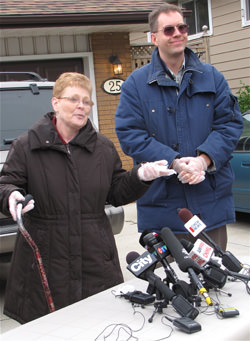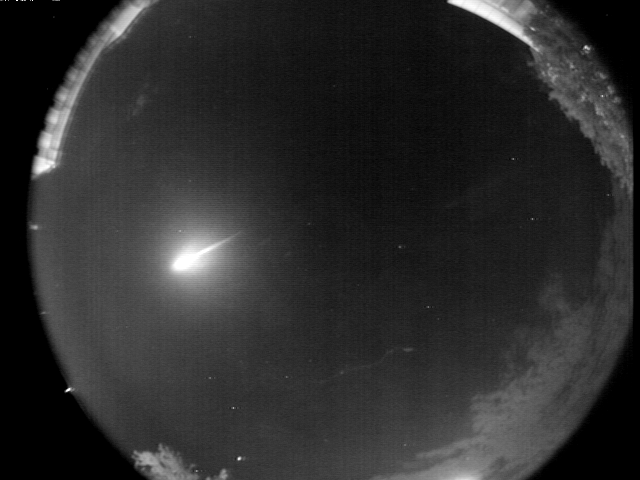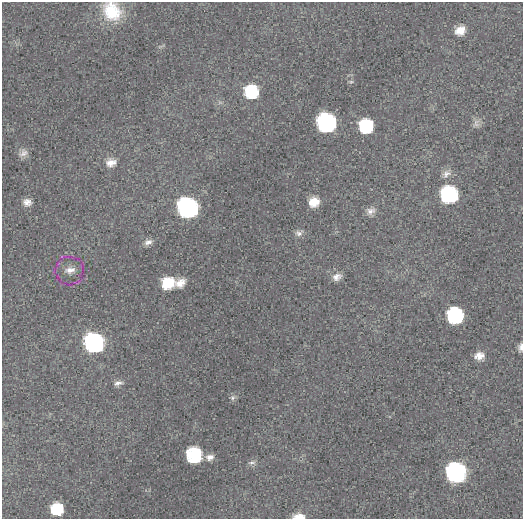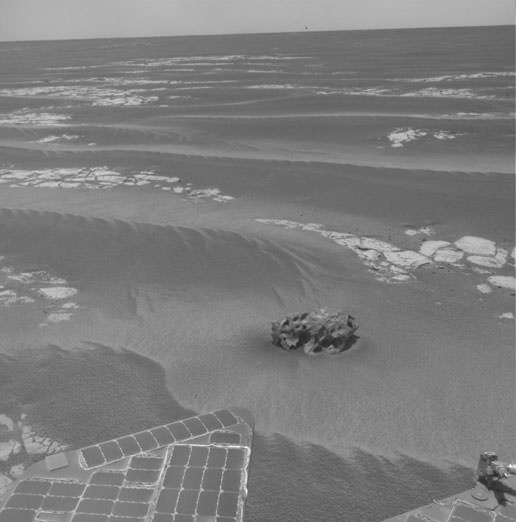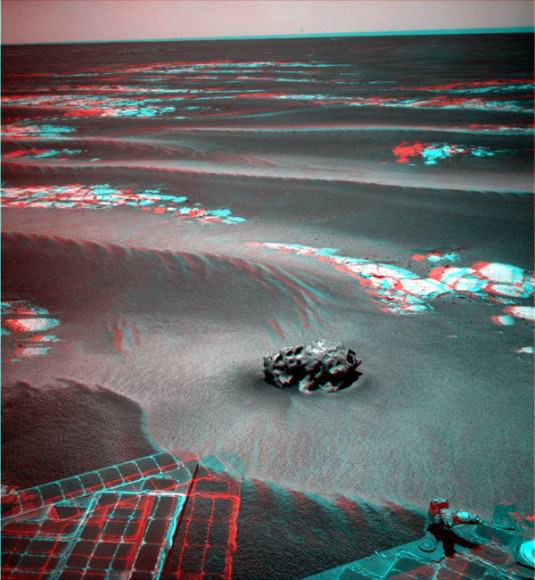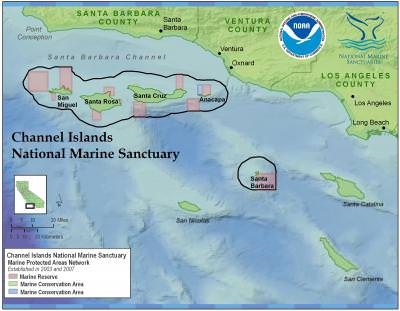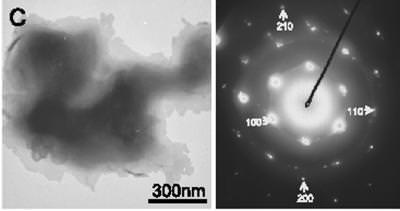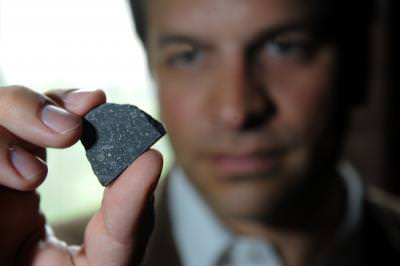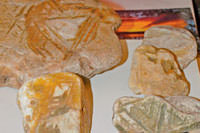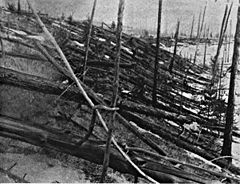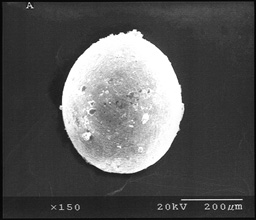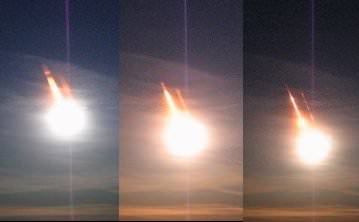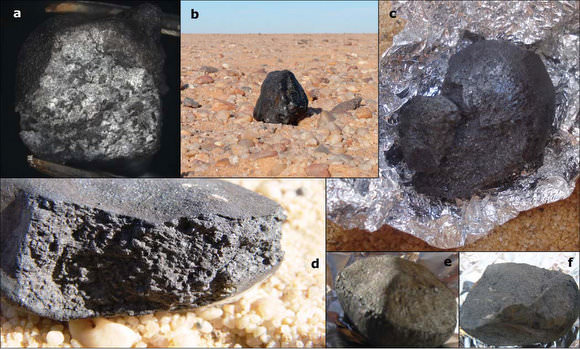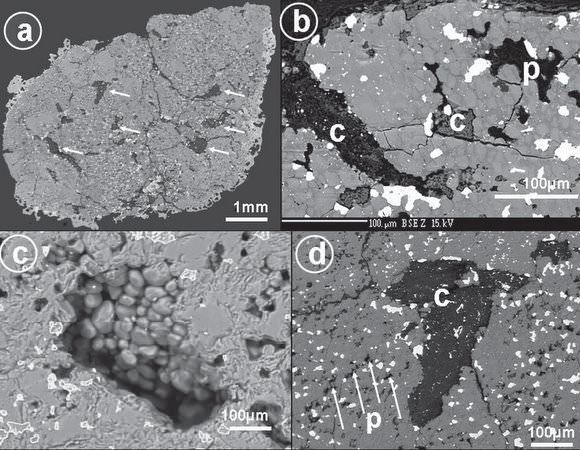Three golf ball-sized fragments have been found from a meteorite that created a brilliant fireball seen over Ontario, Canada on September 25, 2009. The first meteorite fragment recovered did some damage to the windshield of a Nissan Pathfinder, and now two other fragments have been found on nearby properties. The meteor made headlines initially because it was captured on video by Western’s Southern Ontario Meteor Network (SOMN) on seven of its ‘all-sky’ cameras. The brightness was estimated to be approximately 100 times brighter than a full moon.
Initially, the owners of the SUV didn’t realize the “unusual” rock they found on the hood of the vehicle was a meteorite and chalked up the shattered windshield to vandalism and filed a police report.
[/caption]
Tony Garchinski said heard a loud crash just after 9 p.m. the night of the meteor flyby he didn’t think much of it. That is, until he awoke the next morning to find the windshield of his mom’s truck with a huge crack in it.
It wasn’t until two weeks later that his mother, Yvonne Garchinski, heard media reports that researchers from Western were searching West Grimsby, Ontario for possible fragments of a freshly fallen meteorite. The Garchinskis realized who the real culprit was in the case of the broken windshield — or more specifically, what.
The ‘what’ was a 46-gram completely fusion-crusted (melted exterior) fragment of an ordinary chondrite meteorite. Chondrites are arguably the most important type of meteorite because they are the least processed of meteorites and provide a window into the material which formed the early solar system. The meteorite is estimated to be 4.6 billion years old.
Phil McCausland, a postdoctoral fellow at Western’s Centre for Planetary Science & Exploration said, “Having both the video and the sample is golden because we get the dynamic information and the orbital direction from the video, and by having recovered material on the ground, we can complete the picture. We can take a rock that we now have in hand and we can study it in the best laboratories in the world and we can put it back into its solar system context. We can put it back into where it came from.”
The Garchinski property is just 200 meters off the fall line of the meteorite the Western Meteor Physics Group calculated using data from its video, radar and sound detection systems and thanks in large part to this research – along with a lot of luck – two more meteorite fragments have been found.
The second meteorite was found by the Western team not far from the Garchinski home but the land owner wishes to remain anonymous. The third fragment was found Oct. 18 by professional meteorite hunter Mike Farmer (www.meteoriteguy.com) on the side of a road in West Grimsby.
The Western-led search continues and both Brown and McCausland believe more fragments will be found.
Source: Western University

